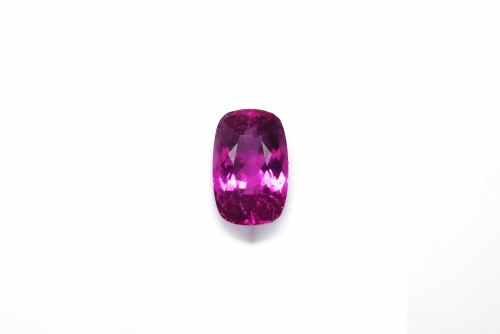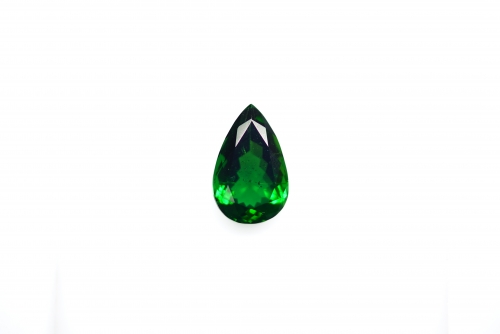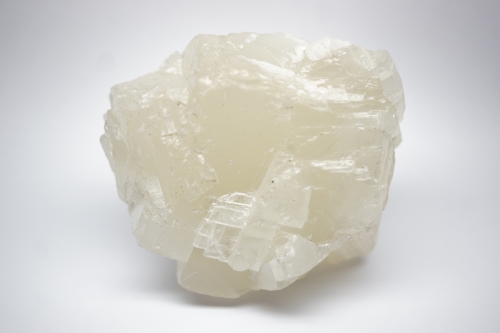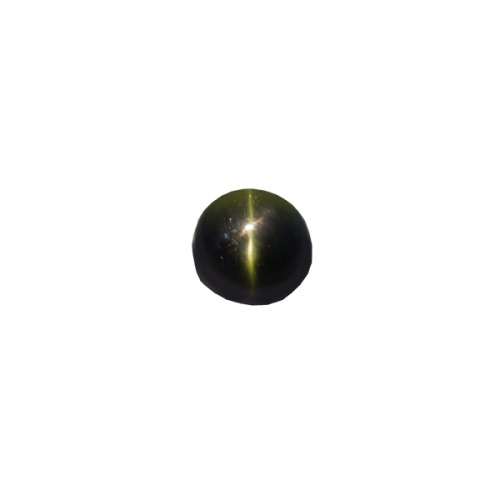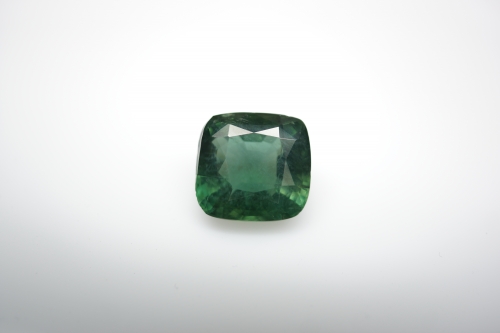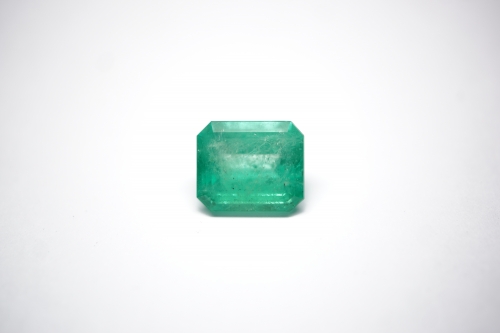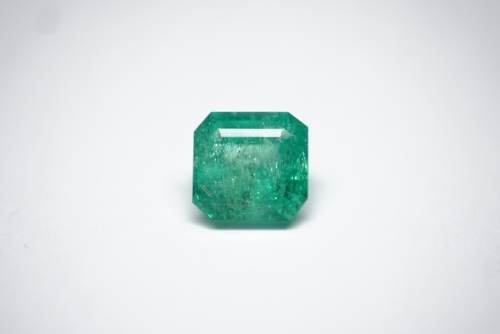Product Description
History
Discovered in Brazil somewhere in the 1500s, tourmalines have since been worn by people for centuries. Tourmalines were first confused to be other gemstones such as rubies, emeralds and sapphires due to their variety of beautiful colours. Only in the 1800s were tourmalines identified as a new gemstone species.
Sources
Gem and specimen tourmaline is mined predominantly in Brazil and Africa. Sri Lanka also produces gem quality tourmalines but in small quantities. In addition to Brazil, tourmaline is also mined in Tanzania, Nigeria, Kenya, Madagascar, Mozambique, Namibia, Afghanistan, Pakistan and Malawi.
Quality
The most beautiful tourmalines are said to come from the largest producer of tourmalines which is Brazil. Brazil produces tourmalines of any colour you can imagine. The colours of tourmalines from Brazil are the most intense and vibrant. Especially from an area called Paraiba. There tourmalines of an intense electric blue can be found which are given the name “Paraiba tourmaline”.
Trivia
The world’s largest faceted paraiba tourmaline weighs in at 191.87 carat.

